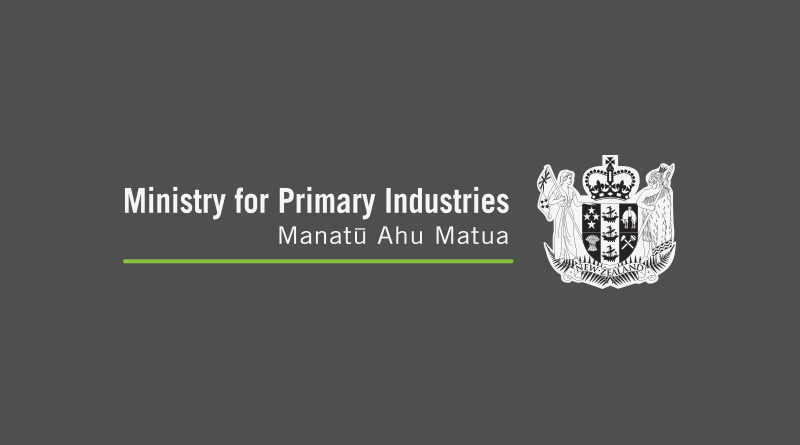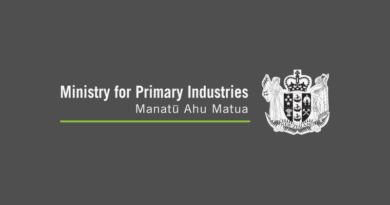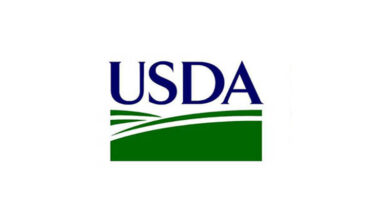Wakanui Controlled Area revoked
17 March 2023, New Zealand: The Mycoplasma bovis (M. bovis) programme has depopulated all confirmed infected properties in the Wakanui area of mid-Canterbury and cleaned and disinfected these farms. The Controlled Area put in place in October will be lifted on Friday 17 March, says programme director Simon Andrew.
“Wakanui farmers will be able to farm free of M. bovis when we revoke the Conrolled Area Notice (CAN) that was declared to help eliminate infection from the area,” he says.
“These farmers have had to farm with M. bovis in their region since December 2017 when the first M. bovis farm in Ashburton was discovered.
“As we have not found M. bovis outside of Canterbury in more than 2 years and this has been one of the last remaining pockets of confirmed M. bovis infection, we needed to take a different approach to protect farmers and their cattle.
“We will continue to monitor the area closely and are taking a cautious approach, so we can act quickly should there be reinfection in the wider national herd.”
To ensure swift action can be taken, the feedlot will remain under an RP notice for a period while precautionary surveillance activities are undertaken, and we are assured our actions have been successful.
Simon Andrew says the CAN has been an important step towards ensuring this pocket of infection is eliminated.
The 8 cattle properties in the ‘high-risk’ area have been cleared of stock, including the removal of infected and in-contact cattle. Stringent testing and monitoring for infection in cattle during the past 6 months in the ‘at-risk’ area has not identified the presence of M. bovis.
“We know the last four and a half years for farmers in this area have not been easy,” Simon says. “We recognise the hard work and sacrifices these farmers have made and we are continuing to work closely with them, to provide support where needed.”
The Programme’s national background surveillance screening is continuing to give confidence that M. bovis infection is not widespread. These programmes will continue for a further four years, to quickly detect any last remaining infected farms and gather the necessary evidence to declare freedom from M. bovis in New Zealand.
“It’s critical the farming community maintain good on-farm biosecurity standards so the Programme can continue to build on the progress made,” Simon Andrew says.
“Keeping NAIT (National Animal Identification and Tracing) records up to date is crucial to our ability to monitor risk and track down potentially infected animals before M. bovis spreads to other farms.
“We are as close to moving to the next phase of eradication as we have ever been, but we could not have got this far in the eradication effort without the hard work and sacrifices made by farmers in Wakanui and across New Zealand.
“While this is positive news, it doesn’t mean the job is done. It is likely that we’ll find more infected cattle before we declare success and if we do find any infection, we will deal with the situation quickly and carefully.”
The Mycoplasma bovis Eradication Programme began in May 2018 and is jointly funded by Government (68%) and DairyNZ and Beef + Lamb New Zealand (32%).
Key numbers:
- Three current infected properties (278 since the start of the programme)
- More than 3 million tests have been completed
- $235 million has been paid out in 2,829 claims
- 183,000 cattle culled
Also Read: Benefits of Coromandel Nano DAP for Crops
(For Latest Agriculture News & Updates, follow Krishak Jagat on Google News)















